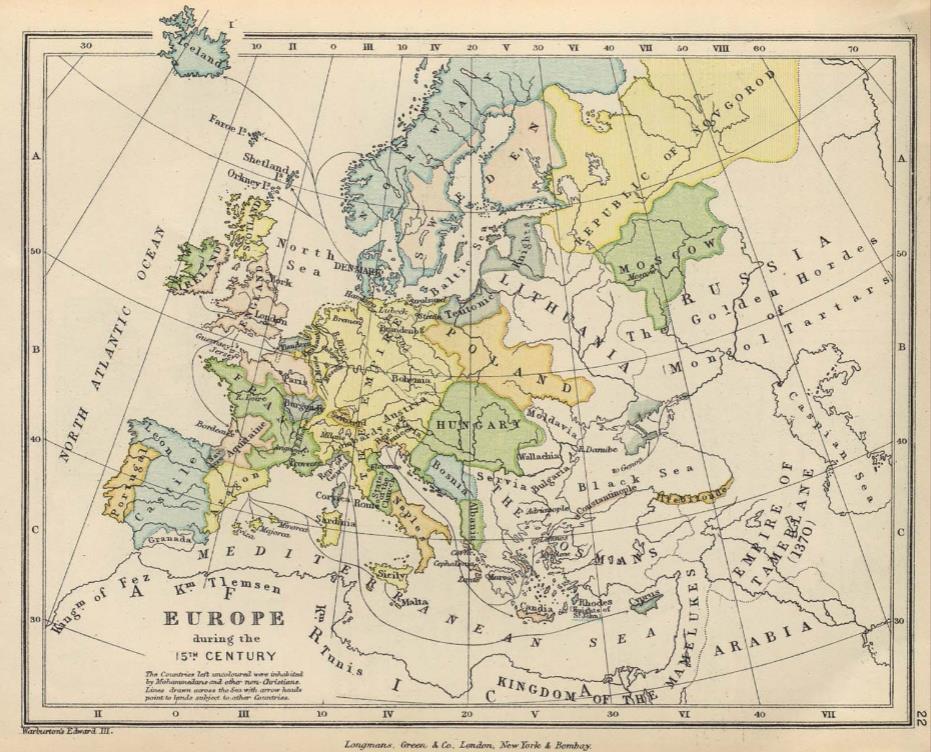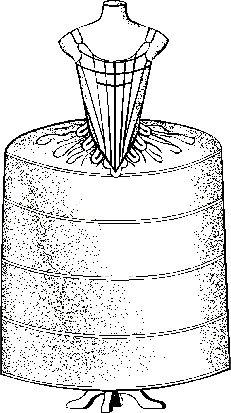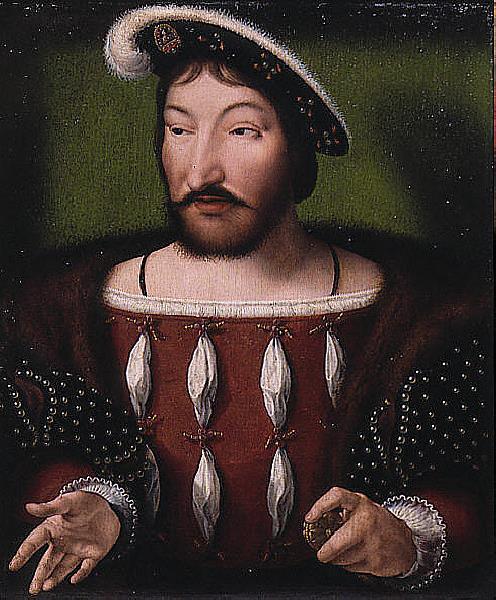
6 minute read
Renaissance
c. 1300 CE - c. 1600 CE
The French meaning of the Renaissance is classified as term of ‘rebirth’. The fourteenth and sixteenth centuries from this period, are mainly inspired by Ancient Greece and Ancient Rome. Throughout the centuries, there was a major influence on architecture, literature, science, and philosophy. The ‘Renaissance’ period was a time for social and cultural change in Europe. It also influenced this period to be known for its innovation, imagination, and creativity. The name ‘rebirth’ was a major part of why it referenced away from society and the culture of Medieval Europe to be considered as a non-conformist period. The social structure of this period is more unrefined yet similar to the others as it has the peasants and workers at the bottom, the middle class on top which consisted of the tradesmen, followed by the merchants on top and the nobles at the top of all of them (Ng, 2015).
Advertisement
Figure 66: ‘Renaissance’ European Map (Ng, 2015)
Women’s Wear
Dress & Silhouette
The first layer of a woman’s complete dress outfit consisted of a:
• Chemise
This is an under-dress, made from linen that became popular in the Middle Ages and is considered as a developed version of the Roman tunica. It is considered as the innermost layer to absorb bodily odours during the day (Gilbert, n.d.). • Bodice
The bodice is part of a dress and was structured to be a tight fitting garment. The neckline was cut to expose more skin. The bodice’s main purpose to restrict the bust and waist areas for an hourglass silhouette. The bodice was made with silk or velvet fabric which could have been printed (Hanson, 2010). • Skirt
A fuller skirt is worn as a separate piece to form a dress. This skirt had a petticoat underneath to supply more layers which fell on top of the ‘farthingale’ that allowed the structure to be accentuated more. The skirt was made in the same and matching material as the bodice (Hanson, 2010). • Over-dress
Some dresses were worn with an over-dress on top of the garment which is a continuous piece of fabric. This piece would be in similar colours, designs, or materials to the bodice and skirt to make the dress more elaborate looking. It is also an optional garment as the bodice and skirt are already worn as a one-piece. • Cloak
A cloak is an outer garment, typically worn during travel or outside during bad weather. These cloaks were worn with embellished brocades and floral weaves. The cloak could be made from the same materials as silk or velvet fabric; it could also be lined with animal fur for warmth. Many other types of outer garments consisted of the ‘giornea’, ‘guarnacca’, and ‘lucco’ (The Italian Reve, 2018).

Figure 67: An embellished chemise (Kostym, n.d.) Figure 68: Queen Elizabeth I, the Ditchley Portrait, c. 1592 - A depiction of how a matching look when it Is completed (bodice, skirt, and over-dress) (Lowell Designs, n.d.).

Farthingale
The ‘farhingale’ comes from Spanish descent ‘verdugado’. It became popular in England from 1530-1580. The fartingale consisted of circular hoops which included doubled hoops that emerged from the waist area, the hoops could also be attached with fabric, but most structures are made from wood, whalebone, or wire. Later versions became more elaborate such as the French farthingale, Queen Elizabeth I wears in figure sixty-eight (Elizabethan Costume, n.d.; Brittanica,n.d.).

Figure 69: ‘Farthingale’ illustration (Corset History, 2006
Figure 70: A close portrait of Queen Elizabeth I wearing the ‘supportasse’ (Benfer, 2012)
Figure seventy shows a portrait of Queen Elizabeth I from the year 1590. She is wearing the butterfly-wingveil. This veil was a curved wire frame and was used for wedding ceremonies. The veil was made from a silk lace that was in a sheer material which is held up with wood, whalebone, or wire (shown in figure seventy-one) which will be covered by the fabric. Pearls would be an added value to the piece (Benfer, 2012).
Figure 71: ‘Supportasse’ drawing
(Class Connection, n.d.)


‘Medici’ Collar
The ‘Medici’ collar stands upright collar which opens in the front around the neck. This became popular in the 16th century and had ‘ruff’ edges. It provided a large, decorative frame around the back. This collar was worn with a décolleté neckline and held structured with wire or heavy starch, covered by multiple collars of lace and embroidered satin (Maldonado, 2018).

Figure 72: ‘Supportasse’ drawing (Class Connection, n.d.)
Figure 74: A look from Alexander
McQueen’s SS13 collection (Vogue, n.d.)
Figure seventy-five shows a modern interpretation of how the structure of the women’s skirt, the ‘farthingale’, was structured to create the desired shape. This look from Alexander McQueen’s SS 13 collection, has similar details to show how it was constructed in the past. One of the main purposes is that it allows room which was one of the most important characteristics a skirt from the ‘Renaissance’ period should have.


Current Inspirations
Figure seventy-four shows one of the looks from Valentino Haute Couture Fall 2016 showing the ruff ‘medici’ collar as a staple piece providing a contrast between the colour of white with the print of the dress. Further details of the collar consist of ‘latticework necklines’ with gold-and-pearl embroidered brocades. The type of dress has a high neckline and floral printed details that fell gracefully in a natural form (AE World, 2016).
Figure 73: A look from Valentino Couture FW 16 (AE World, 2016)
Men’s Wear
Attire & Silhouette
A men’s complete outfit during this period consisted of:
• Shirt
This was considered as an undergarment and the first layer to be worn on the male. This shirt was made from linen. Many peasants wore similar versions to this shirt.
• Doublet
The ‘doublet’ was worn over the shirt which was fitted and padded for further protection and assistance to the garment. Fabrics consist of silk, velvet, linen, and cotton that are used for the garment (Fashion History, 2018).
Figure 73: Doublet, ca. 1580. Silk, metallic thread, and brass. (Met Museum, n.d.)

• Jerkin
The ‘jerkin’ was an outer wear garment and worn for outside events, usually made from light-coloured leather, and with no sleeves (Behlen, 2016).

Figure 74: Jerkin, ca. 1570. Silk, lace, and methellic bobbin thread. (MET Museum, n.d.)
Headwear & Hairstyle
In 1535, it was commanded by French King Francis I, for everyone in court to cut his hair as short as his. This trend continued to become popular till the end of the century.

Figure 75: Closer look at the hairstyle of King Francis I in 1535 (Abernethy, 2013)






